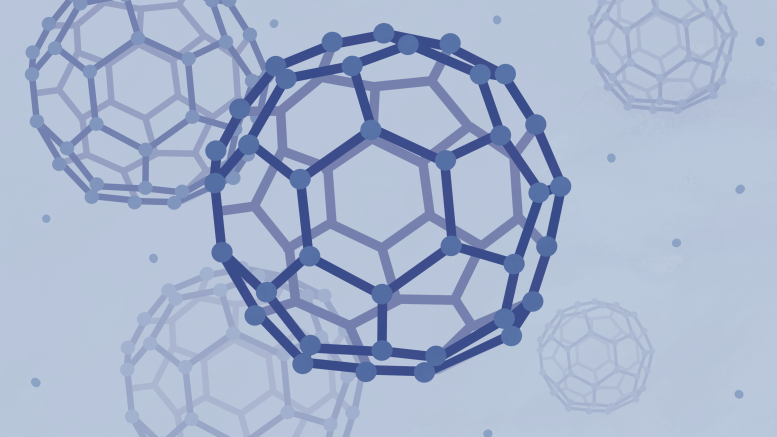Nanoparticles are incredibly small particles that range in size from 1 to 100 nanometres. Ten thousand of them can fit across the span of one human hair. Because of their small size, nanoparticles may interact with biological systems in unexpected ways, possibly affecting human health and the environment.
Michael Schindler is a professor in the U of M’s department of earth sciences.
“When you’re researching, you always want to discover stuff, and there’s never an end,” he said. “I always want to discover things, and the only way to do this is to be a researcher.”
Schindler grew up and studied mineralogy in Germany. He was interested in the properties of minerals and learned to work with them.
“I am more a lab-based researcher rather than a field-based researcher,” he said. “But I’m also, by heart, an environmentalist, and because I love the environment, I always was interested to see how the minerals affect the environment.
“I call myself an environmental scientist or an environmental mineralogist.”
Schindler indicated that a key event during his research journey was when a professor introduced him to nano earth science at Virginia Tech University in the U.S. in 2013.
“The idea of nano earth science is that when you go very small in the particle size, so that you cannot even see it anymore, then the properties of the minerals change,” he said. “This change in properties affects so many things on earth and the environment, in our health. […] I became really enthusiastic to understand how really, really small minerals affect our life.”
Schindler’s research involves how nanoparticles interact with air pollutants, particularly those found in wildfire smoke. He explained that the tiny solid particles released during forest fires do not merely disperse in the air. Instead, tiny solid particles interact with other substances in urban environments, creating complex and harmful compounds.
Wildfire smoke contains solid particles, which can attach to other urban pollutants such as diesel fumes. When these pollutants bind to wildfire nanoparticles, they are transported deeper into the body, reaching the lungs and potentially resulting in more severe health effects.
Nanoparticles are also affecting water systems and soil contamination.
Schindler gave an example of the Red River, which appears brownish-red due to tiny particles suspended in the water. These tiny particles transport fertilizers and pollutants from agricultural fields into Lake Winnipeg, contributing to water contamination.
His research examines the soils of highly contaminated land trails in British Columbia, where lead ore was once smelted, releasing tiny lead particles into the surrounding soil.
“Now those tiny particles of lead are sitting in the soil. What happened to them? How do they affect our health? How do they affect the health of the animals? How do they end up in water?” Schindler said.
The smaller the soil particles are, the more likely they are to be absorbed into the body, posing greater health risks.
“When children play, and when there are really small toddlers, they take dirt in their hands,” he said. “But it’s only the smallest particles of the soil that stays on the hand, the larger ones drop off, and when the little child then literally licks their fingers, everything that is really small goes into the body fluids and into the digestion system.”
Similarly, shooting guns and fireworks release lead-based nanoparticles that people can inhale without realizing it.
Despite environmental risks, nanoparticles do offer benefits.
“Small particles in the atmosphere block our sun. It’s called albedo effect,” Schindler said. “Those small particles that can absorb or scatter light reduce the greenhouse effect.”
Nanoparticles, he explained, can reduce carbon dioxide in the atmosphere.
“You want to have, for example, very reactive minerals who could react really quickly with carbon dioxide,” Schindler said. “So, the smaller you go, the more reactive you are, and then you could theoretically bind more carbon dioxide from the atmosphere.”
Schindler emphasized the importance of proceeding with caution during smoky conditions.
“For your own health, do not walk along Pembina Highway when you have smoky conditions, because the smoke, wildfire smoke, will mix with the contaminants emitted by the cars along Pembina Highway, and all the contaminants will enter into your life.”
“Earth science is much more complex than just simple rocks,” he said.


